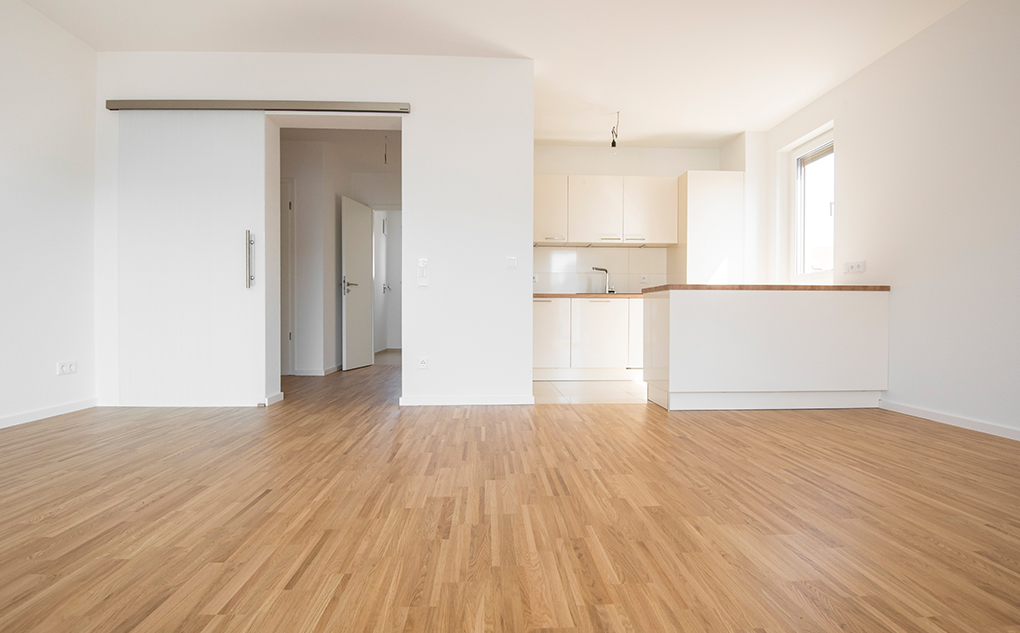The One Proven Solution for Rental Affordability

If you really care about rental housing affordability, you should really care about building as many new apartments as possible. It’s the one and only solution that unites economists, housing advocates and industry groups.
We’re seeing the proven science play out again this year. Apartment construction nationally hit a 50-year high, which led to increased vacancies, which in turn triggered rapidly cooling rents. In the cities building the largest numbers of new apartments, rents are already falling, and likely will continue to fall next year as more supply hits the market. It’s happening everywhere from Oakland to Minneapolis to Dallas. The balance of power is shifting back to renters.
But in the cities adding little-to-no supply, rents continue to grow.
In fact, there’s a remarkably clear relationship between supply and rents. Apartment rents in the Austin and Phoenix metro areas fell around 5% year-over-year despite both ranking among the nation’s leaders for apartment demand, according to RealPage Market Analytics. Of the 16 markets that cut effective asking rents at least 2.5% over the last year, all but three outpaced the national average of 2.1% supply expansion. And of the 36 markets still increasing rents more than 3%, all but five ranked below-average for new supply.
And it’s even more clear at the neighborhood level. Submarkets that expanded their apartment stock by 3-5% saw rents hold flat over the last year. Submarkets expanding by 5-10% saw rents fall 2%. And submarkets expanding by more than 10% notched rent cuts of 3%.
By comparison, submarkets that added little or no new apartments saw rents grow about 2%. In other words: Cities that dramatically restrict apartment construction through limited zoning or costly regulations are, in effect, failing to pull the most proven lever to impact affordability.
It’s Econ 101: The less available something is, the more expensive it will be. Most Americans believe that to be true for everything except housing, according to one 2022 research study authored by professors from three California universities. The professors called the phenomenon “supply skepticism,” and pinned it as a factor in undermining new housing development. It’s the housing version of being an anti-vaxxer.
Some critics will argue: “Yes, we need more affordable housing, just not more luxury apartments.” But this is a fundamentally flawed view for two key reasons. For one: No one can build lower-income affordable housing without public subsidies given the high costs for land, labor, construction and development fees. Higher costs necessitate higher rents to fund the project. And second: Research shows high-end new housing benefits middle- and lower-income households.
How? It’s a phenomenon that researchers call filtering. New housing pulls upper-income households out of older, moderate-rent housing, which then open up availability to middle-income households, and on down the line.
We’re seeing filtering in action this year. Vacancy rates have climbed highest in the areas adding the most supply, meaning renters suddenly have more options and property managers are then forced to compete by cutting rents. Importantly: This is happening across all price points, (not just at the top of the market), a sign that filtering is taking place. In middle- and lower-priced market rate apartments (what the industry calls Class B and C, respectively), vacancy is climbing fast and rents are falling. But that’s happening only in the high-supply areas expanding their apartment base by at least 5%. In lower-supplied areas, Class B and C rents are still growing because vacancy is still lower. Those renters have fewer options.
Skeptics might suggest vacancies are rising due to affordability challenges, but why then, would trends differ so dramatically between high-supply areas and low-supply areas? Furthermore, the discount to rent versus buy is wider than ever, which in theory would put more upward pressure on rents. But instead, the opposite is happening.
To be clear: Rents don't always fall when supply is added, and that’s usually because supply isn’t keeping up with demand. It’s not just about supply. It’s about supply relative to demand. So if you really care about affordability, err on the side of allowing too much new housing supply.
The good news is that’s now happening in many cities across the country. In fact, wage growth (as measured by the Atlanta Fed) has outpaced asking rent growth for 10 straight months, and should continue to do so through 2024.
The bad news is that it won’t last forever. The current construction boom appears likely to taper off over the next 12-18 months as now more projects are completing than starting. Multifamily starts will likely end the year down at least 40% compared to 2022, primarily due to rising costs for development, high rates for construction loans and flat-to-negative rents. Most planned projects are stalling out because they’re no longer economically viable. That means we could see vacancies drop again in 2025-26, which could in turn drive rents back up.
What can we do to help keep supply coming? Pursue zoning reform to legalize more multifamily rentals. Reduce red tape and regulatory costs that hit the double-whammy of driving up both costs (and, therefore, rents) and timelines of new construction. And support expansion of proven subsidy programs for low-income housing, like the federal Low Income Housing Tax Credit (LITHC). Build, build, build.






